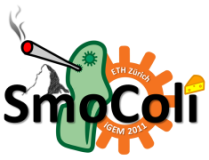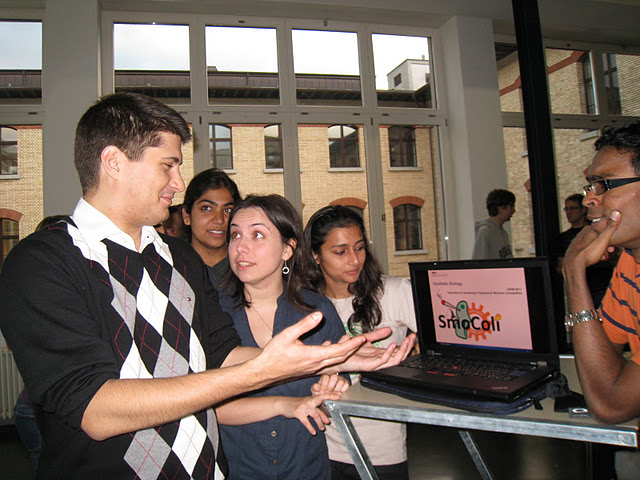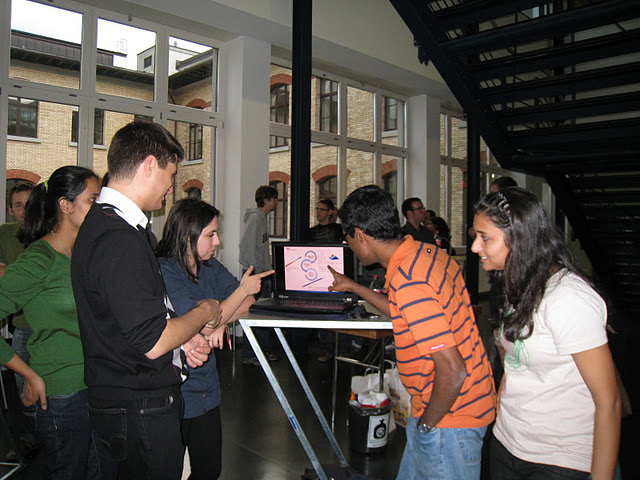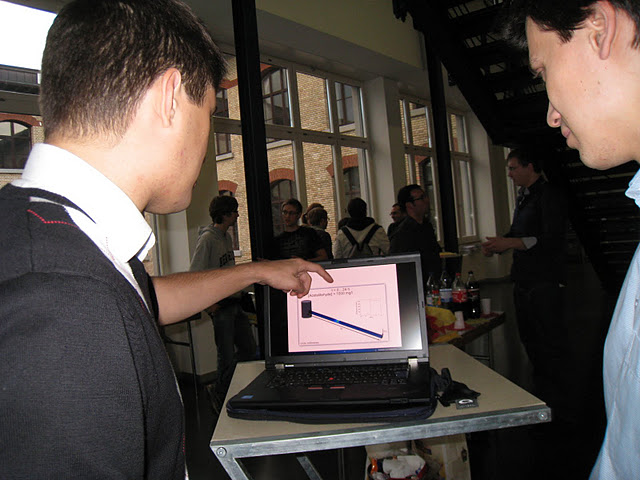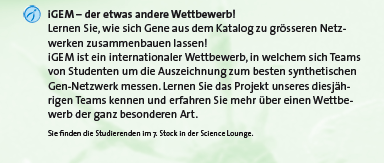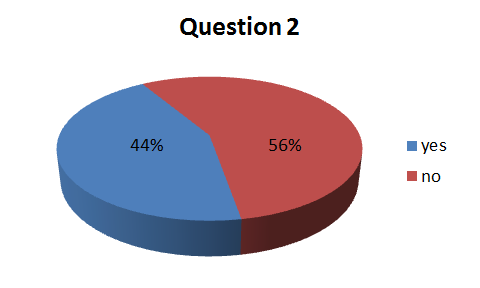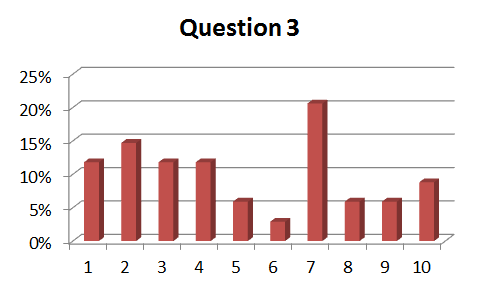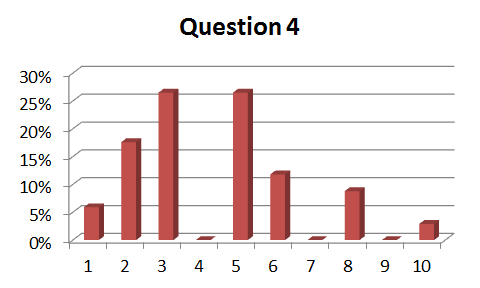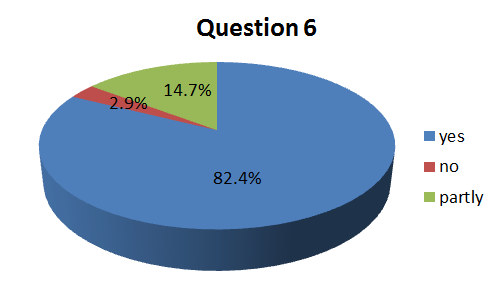Team:ETH Zurich/Team/Human practices
From 2011.igem.org
| SmoColi human outreach |
|
Human practice is an important part of iGEM. Synthetic Biology and the idea of a parts registry is not well-established in the general public. It is important to inform people of the potentials, but also the risks of synthetic biology. For our human practice we decided to do several things. On one side we were present with a talk and discussion round at the “CBB come together afternoon” to introduce iGEM to the new master students. On the other side we were present at the Open house day of the department of Bioscience and Engineering (D-BSSE) of the ETHZ to bring SmoColi to public. |
7.10.11 CBB Get together afternoonThe CBB Get together afternoon, were new master students, students, alumni and professor of the Computational Biology and Bioinformatic come together and talk about the degree program. Lukas gave a presentation were he introduced iGEM. |
22.10.11 D-BSSE Open houseThe [http://www.bsse.ethz.ch/events/open_house Open House] day of the D-BSSE of the ETH Zurich is a event where scientists show their research to the public. We were also present at the open house day. We presented a Poster, showed our simulations on a computer and did a survey. We used the opportunity to discuss our project with the Basel public and also with other scientists.
Poster and Discussion
Survey
1. Is your profession related to genetic engineering?
2. Does anyone in your family have anything to do with genetic engineering?
3. How would you evaluate your knowledge of Synthetic Biology on a scale from 1 to 10? (1 - no knowledge, 10 - very good knowledge)
4. How high would you evaluate the risks of Synthetic Biology on a scale from 1 to 10? (1 - no risk, 10 - high risk)
5. How much trust do you have in the scientists that do Synthetic Biology on a scale from 1 to 10? (1 - no trust at all, 10 - strong trust)
6. Do you think that a critical discussion for the “Synthetic Biology” issue is possible with the scientists?
7. Could you imagine an implementation like SmoColi in your daily life?
8. Do you think it is justifiable that students make genetically modified organisms for a competition like iGEM?
9. Is the conduction of animal experiments for a competition like iGEM justifiable?
10. Can you imagine how the genetically modified organisms could simplify your life?
In order to get a better understanding of how people feel about synthetic biology, we analyzed the data that we collected during the Open House Day. A total of 34 people filled out the survey, ranging from undergraduate and graduate students, scientists to members of the general public.
| ||||||||||||||||
 "
"
